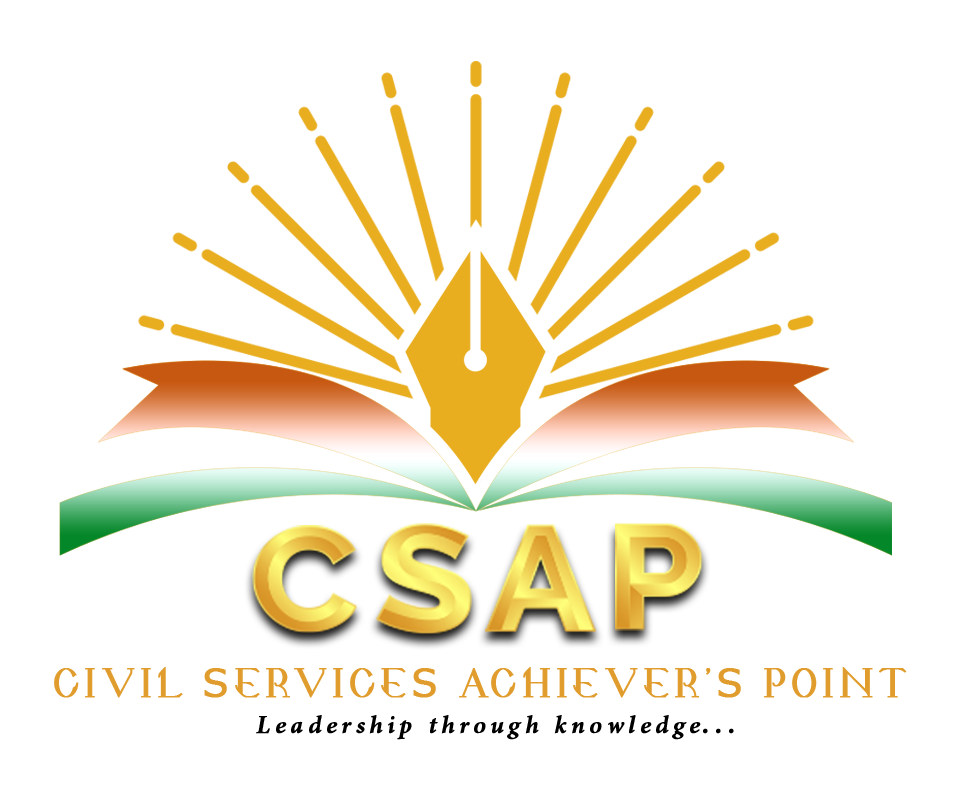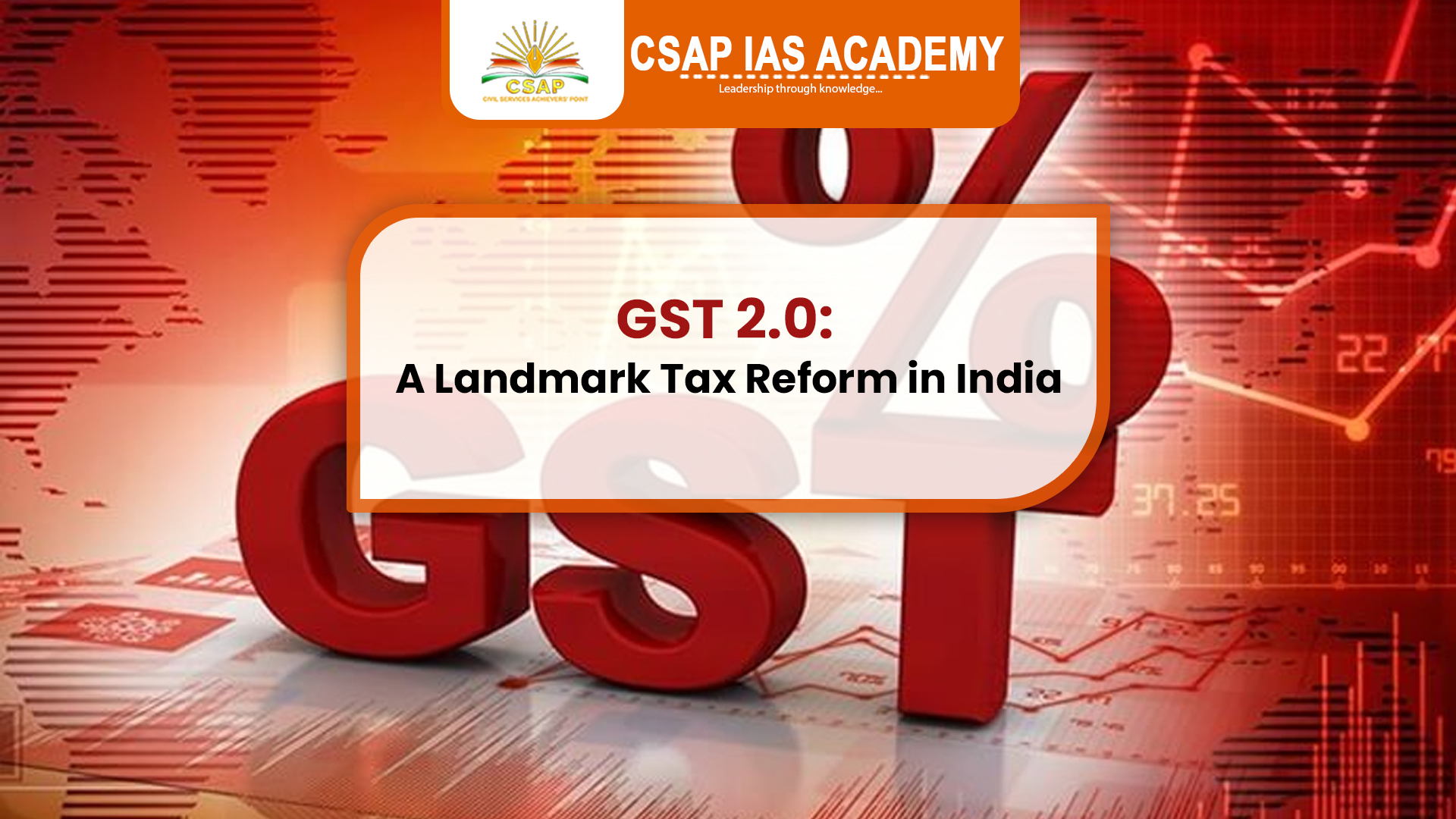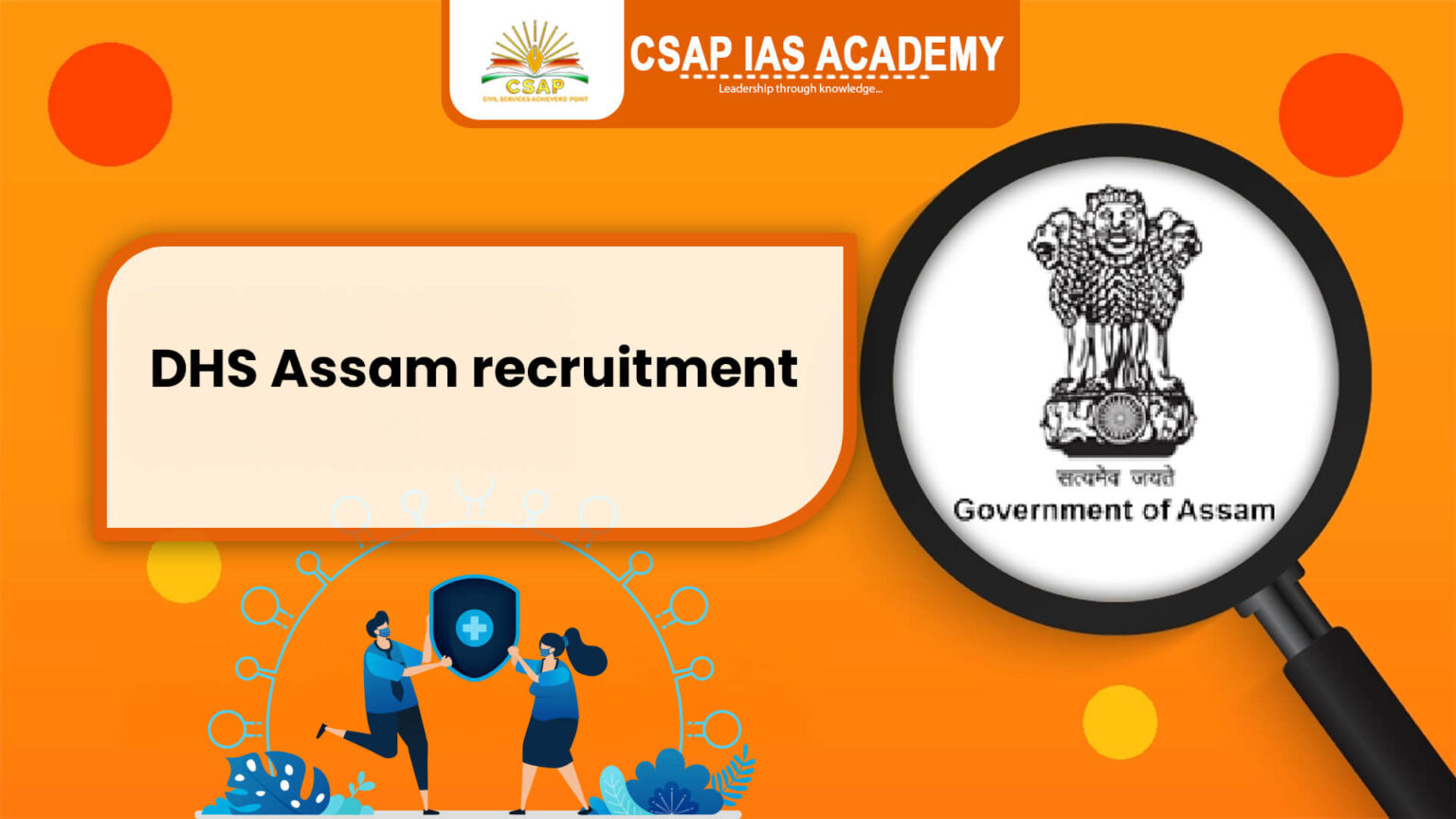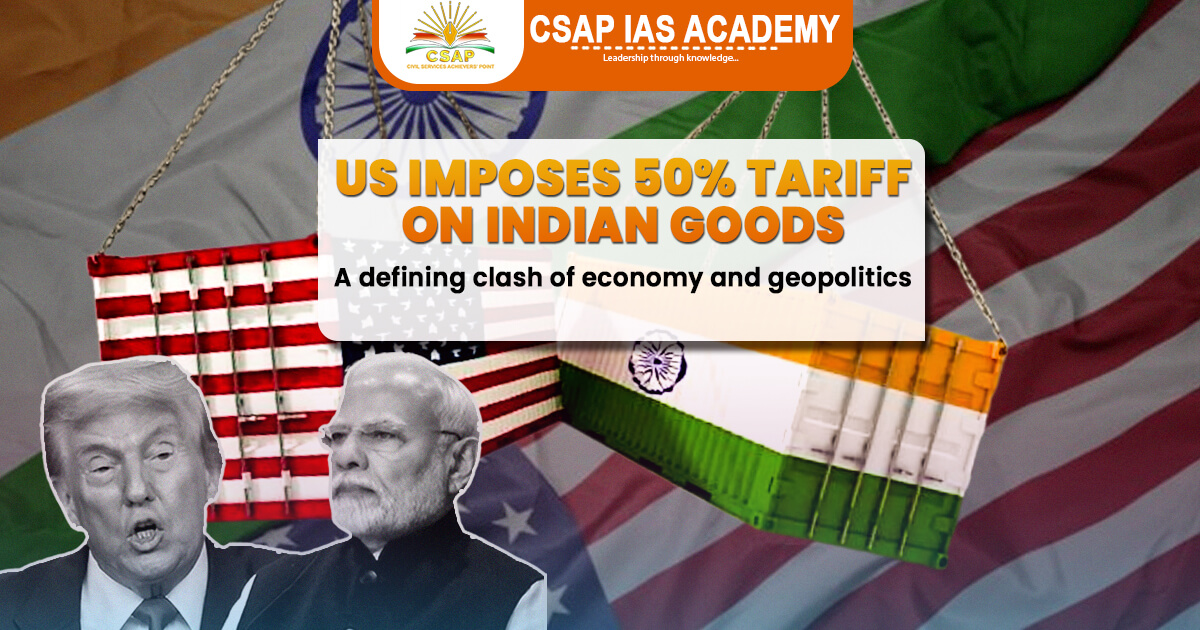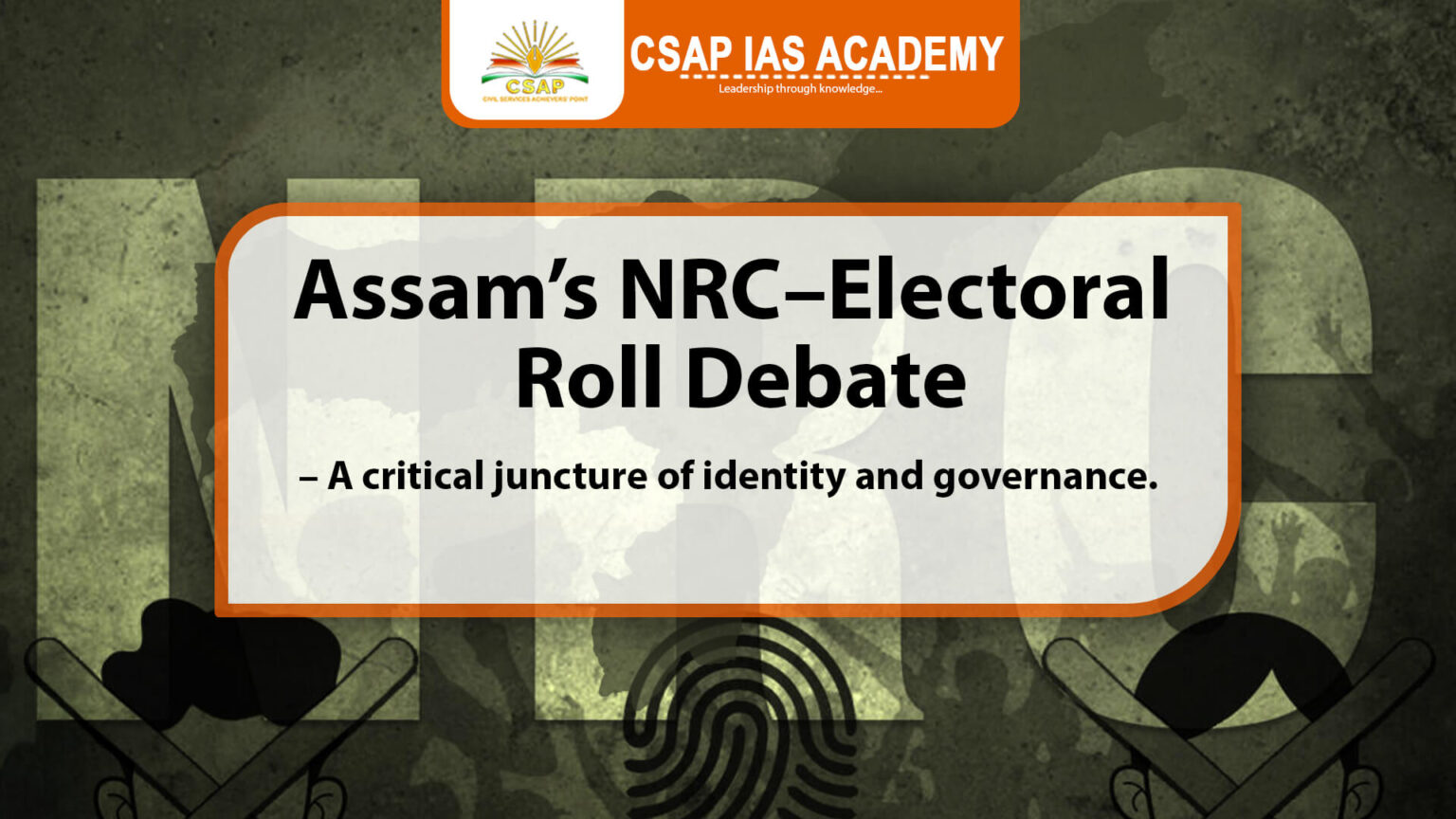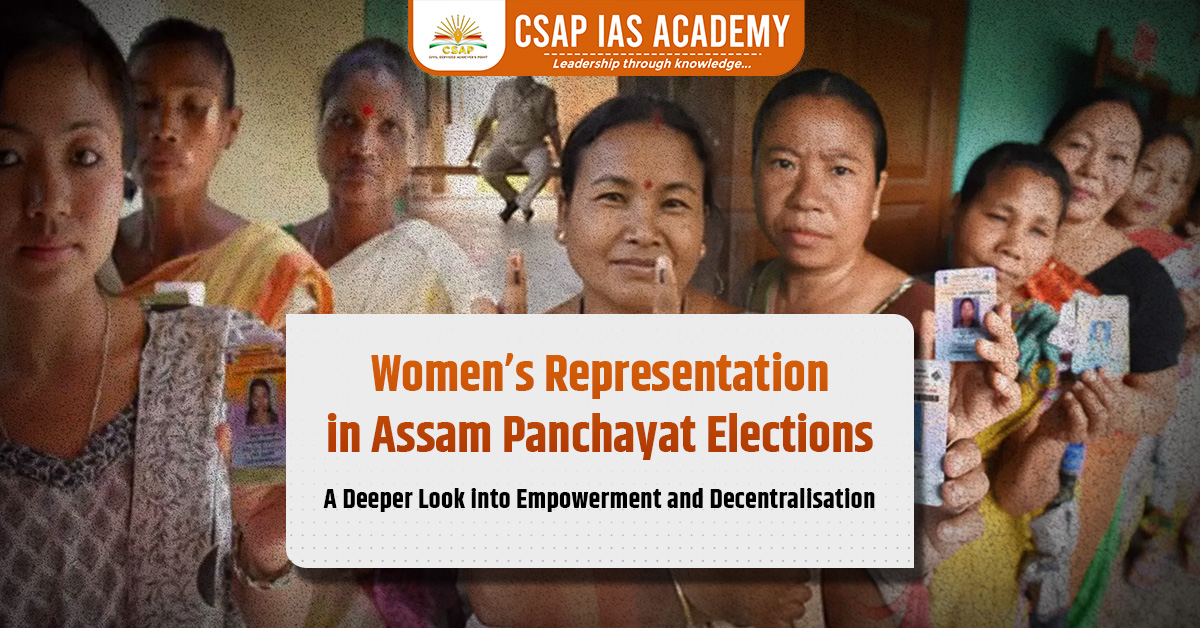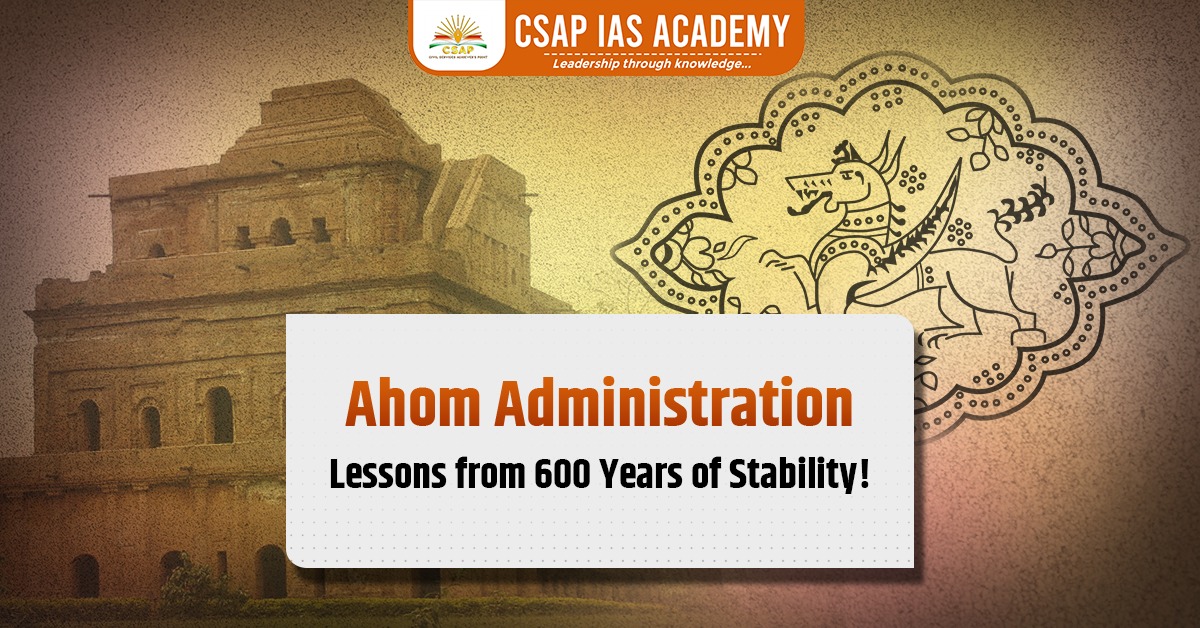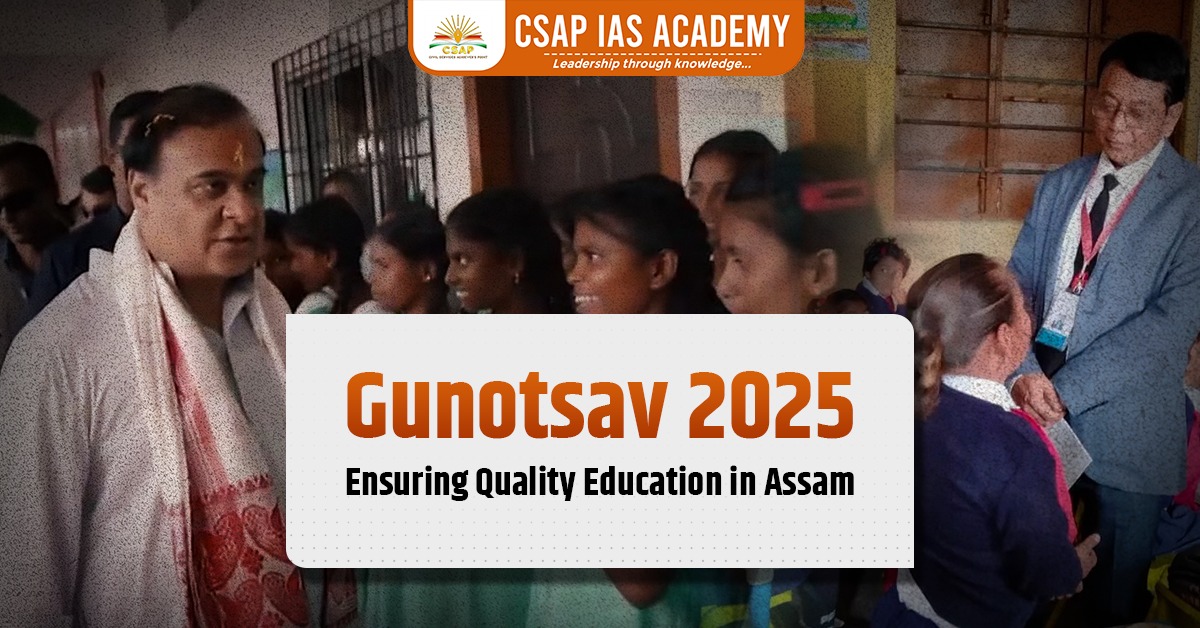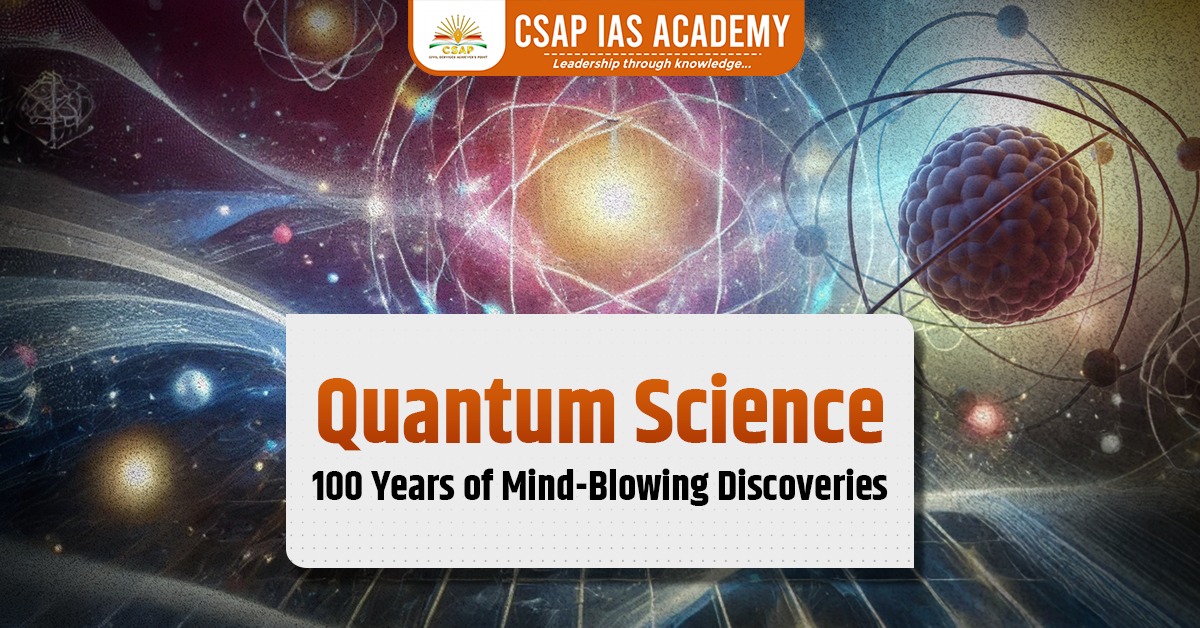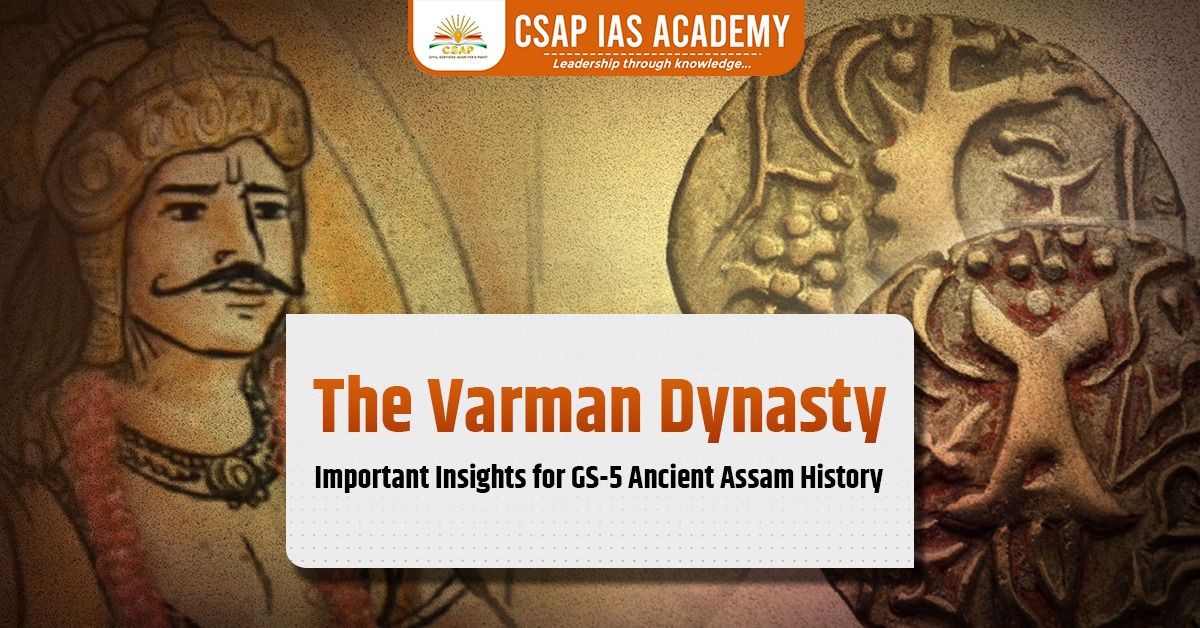India’s Goods and Services Tax (GST), launched in 2017, was meant to unify and simplify the country’s indirect taxes. Over time, however, multiple slabs and complex compliance processes created friction for businesses and consumers alike. Responding to years of demand for reform, the government has now rolled out GST 2.0 in September 2025, promising a leaner, fairer, and growth-friendly tax system.
What’s New in GST 2.0?
The reforms are not just cosmetic adjustments—they bring structural change to how goods and services are taxed in India. Below are the major highlights of GST 2.0:
- Rate Rationalization – The earlier four slabs (5%, 12%, 18%, 28%) have been replaced by just two primary slabs: 5% and 18%.
- Luxury & Sin Goods – A new 40% slab targets tobacco, premium cars, alcoholic drinks, and aerated beverages.
Impact on Essential Goods & Insurance
One of the most direct benefits for households comes in the form of reduced tax on essentials and exemptions on protection. Families will feel the relief in their monthly budgets:
- Essentials Cheaper – Hair oil, soap, shampoo, toothpaste and similar items now fall under the 5% slab.
- Insurance Relief – All life and health insurance policies are now GST-exempt, including senior citizen and family cover.
Sectoral Tweaks
GST 2.0 also reshapes taxes across several key industries. The intention is to make consumer durables, vehicles, and festive shopping more affordable:
- Automobiles (small cars), ACs, TVs, and washing machines drop from 28% to 18%.
- Premium clothing above ₹2,500 per piece moves from 12% to 18%.
- Rollout begins September 22, 2025—just ahead of Navratri.
Benefits for Consumers and Businesses
The government envisions GST 2.0 as both a consumer relief and a business-friendly move. Key takeaways include:
- Simplification & Compliance – Fewer slabs mean fewer disputes and easier filing. Automated refunds and registrations support small traders.
- Lower Household Expenses – Reduced GST on daily items and insurance helps control inflation (analysts expect up to a 1% dip).
- Boost to Growth – Lower prices for cars, appliances, and essentials should encourage spending and accelerate GDP growth.
Challenges and Concerns
Despite the optimism, GST 2.0 comes with risks that policymakers and states must manage carefully:
- Revenue Shortfall – Estimated gap of ₹48,000 crore may put pressure on Centre and states.
- Sectoral Strain – Apparel/textiles and small businesses may struggle with the new rates and compliance deadlines.
- Dependence on Consumption – Success depends on whether consumer spending actually rises.
Way Forward
For GST 2.0 to succeed, smooth rollout and sustained trust-building are essential. Experts suggest:
- Clear state compensation plans to cover revenue gaps.
- Digital upgrades of GSTN systems with training for traders.
- GST Tribunals, pre-filled returns, and quicker refunds to cut disputes.
- Regular reviews for sensitive sectors like textiles and footwear.
Conclusion
In essence, GST 2.0 is a bold attempt to make India’s tax system simpler, fairer, and pro-growth. Essentials get cheaper, insurance becomes tax-free, while luxury and harmful goods face higher levies. The challenge now lies in ensuring smooth implementation, compensating states, and turning optimism into tangible relief for households and businesses.
Read: DHS Assam Recruitment 2025
Download App:
